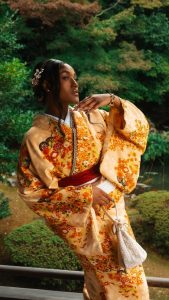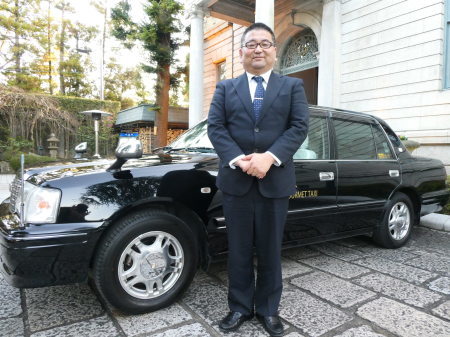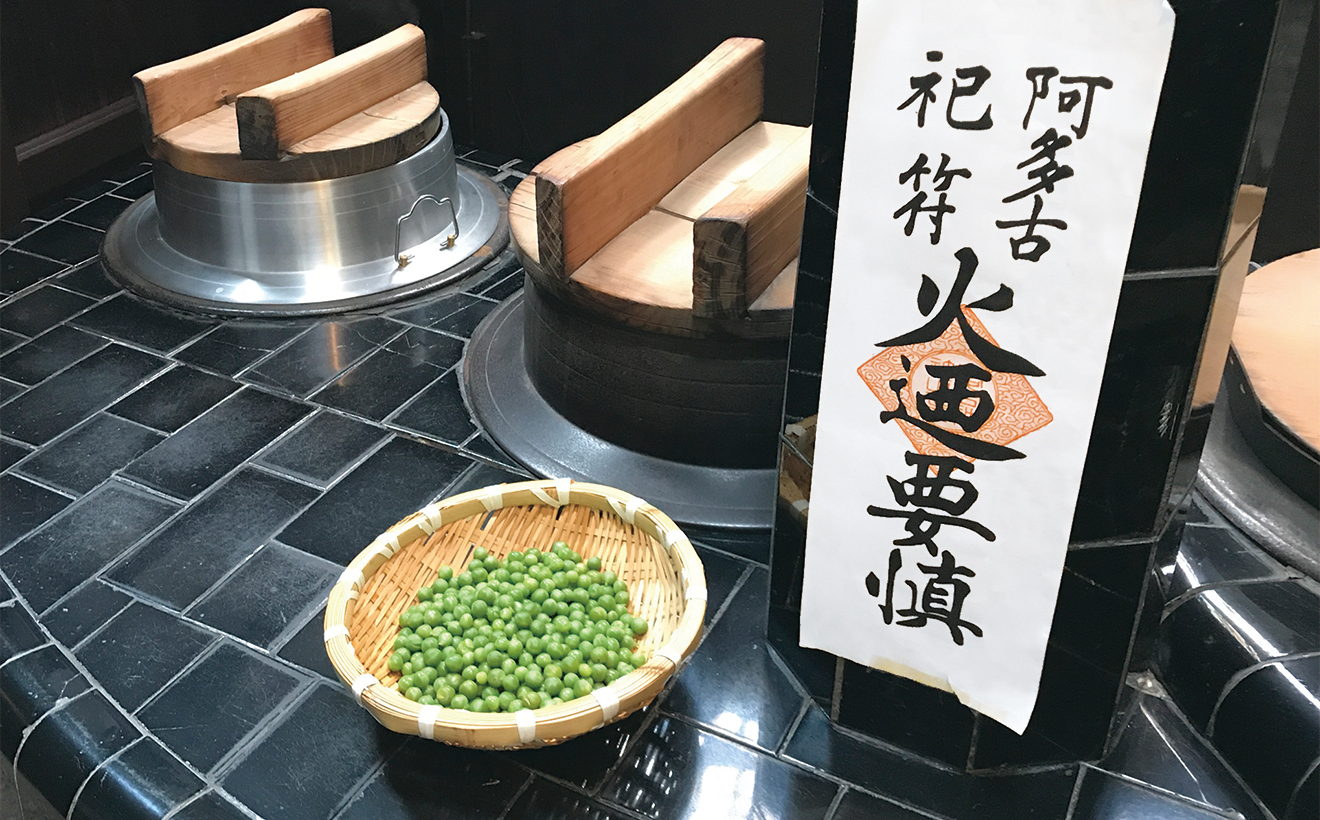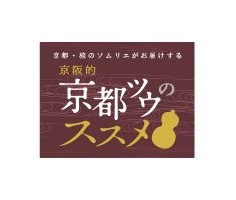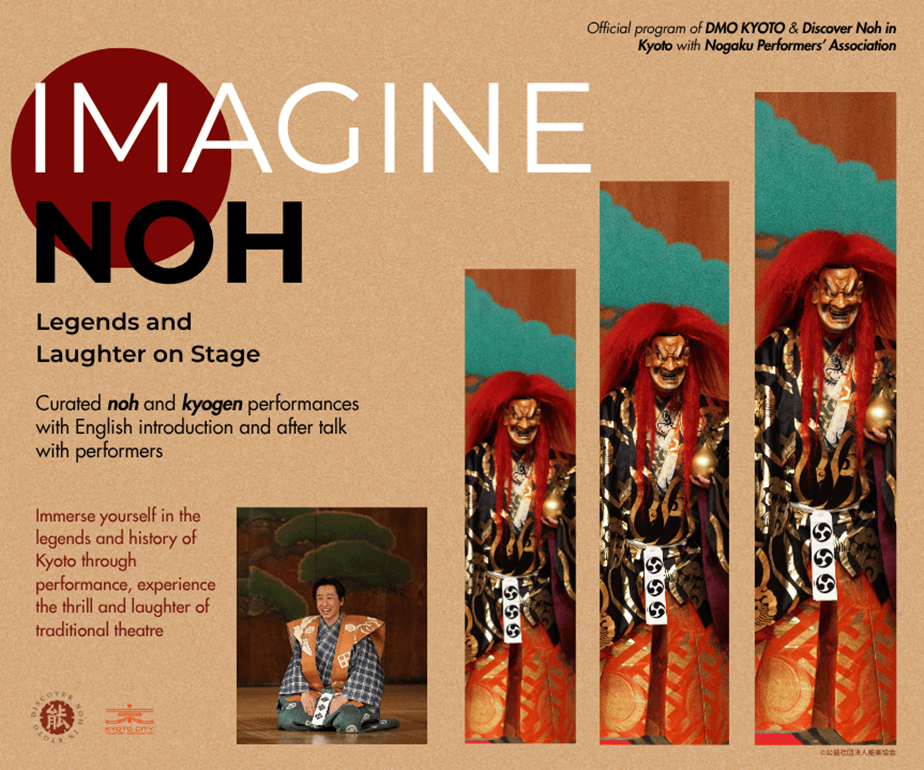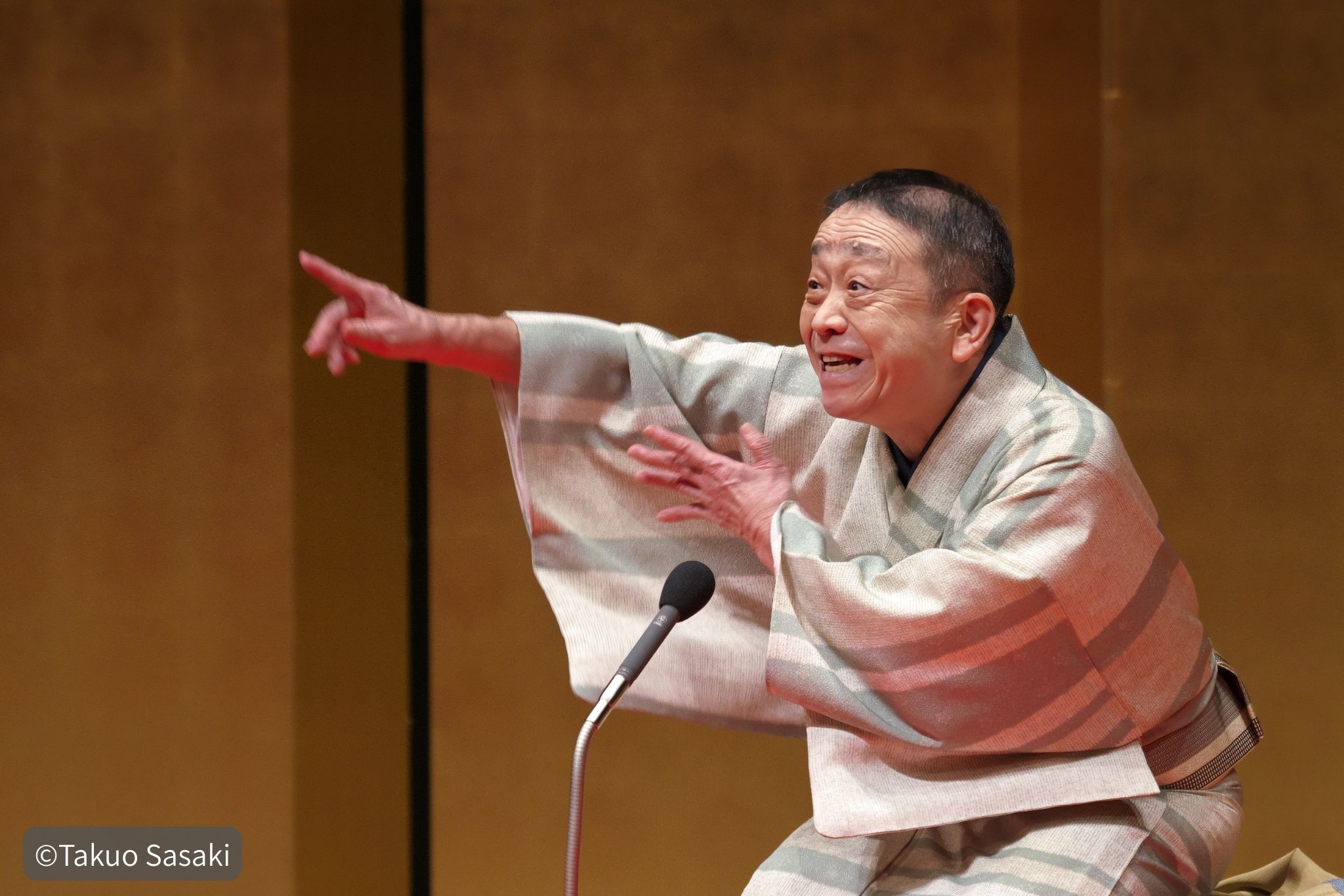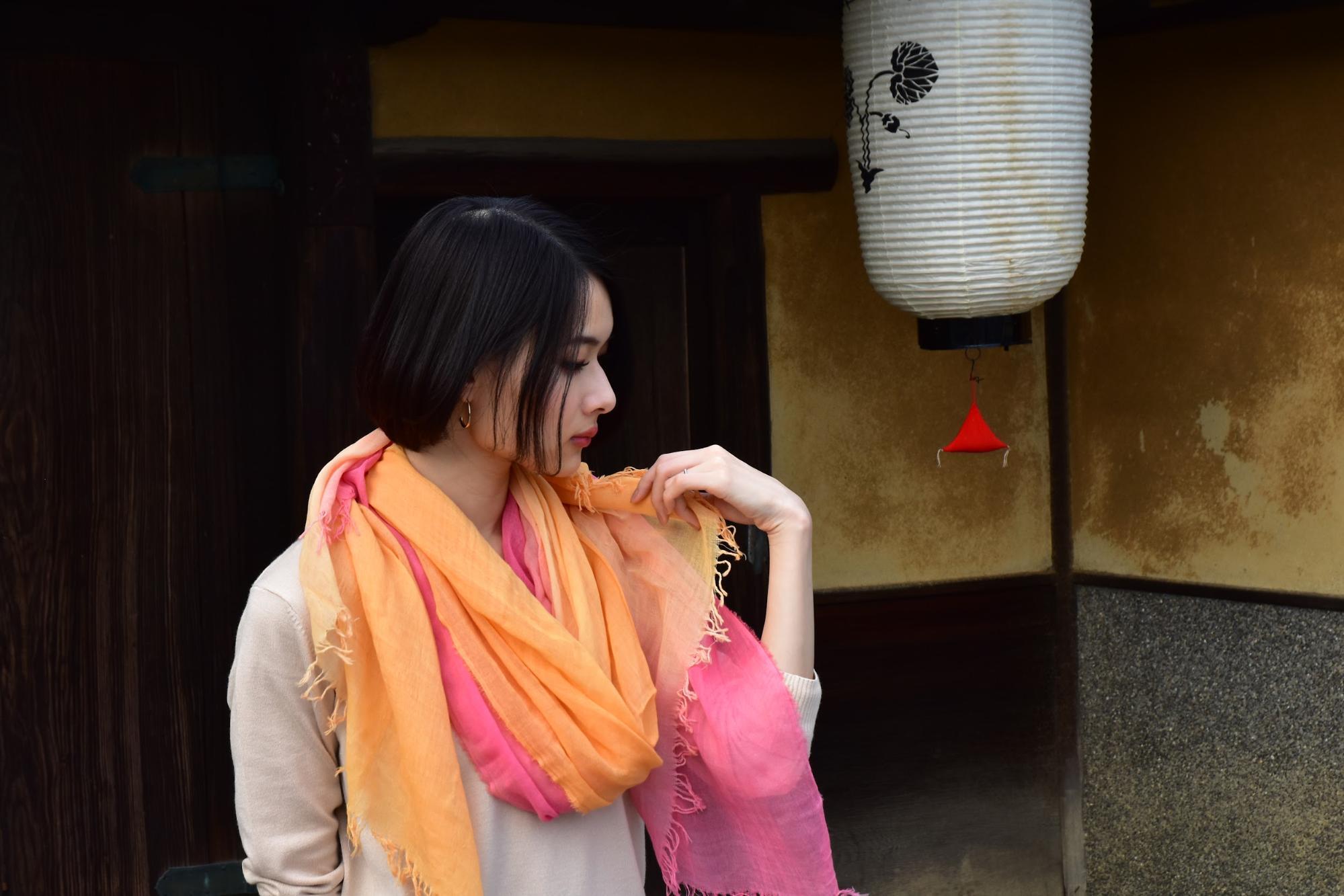
2021년 2월 2일 마리 코자와 인터뷰
패션 산업은 인간 활동으로 인해 발생하는 전 세계 이산화탄소 배출량의 10%를 차지하며, 두 번째로 많은 물을 소비하는 것으로 알려져 있습니다. 라나 플라자 붕괴와 같은 사건들은 패션계를 둘러싼 노동 문제를 조명했습니다.
이러한 상황으로 인해 환경 및 노동 문제 해결에 기여할 수 있는 "윤리적 패션"에 대한 관심이 높아지고 있습니다. 일본에는 패션에 윤리를 부여하는 전통적인 방식이 있습니다. 식물 및 기타 천연 염료를 사용하는 쿠사키조메는 사회와 자연과의 조화를 중시하는 일본의 전통적인 생활 방식에 부합하는 염색 방식입니다. 쿠사키조메는 일본에서 고대부터 사용되어 왔으며 일상생활의 일부로 자리 잡았습니다.
교토에 있는 1500년 된 쿠사키조메(kusakizome) 기법을 도입한 회사인 교토 가와바타 쇼텐(Kyoto Kawabata Shoten)에서 운영하는 워크숍에 다녀왔습니다. 그곳에서 회사에 대해 알아보고, 사장인 야스오 가와바타(Yasuo Kawabata)를 인터뷰하여 그가 학생들과 함께 진행했던 프로젝트에 대해 이야기를 나누었습니다.
1500년 전 신만요조메 방식으로 윤리적 제품 만들기
교토 가와바타 쇼텐은 1924년 기모노 회사로 설립되었습니다. 1995년 기모노 판매는 중단되었지만, 당시에는 흔치 않았던 석유계 염료를 사용한 직물 인쇄는 계속했습니다. 그러나 일부 직원들은 화학 염료에 노출되어 피부 트러블이 생기거나 냄새로 인한 두통을 겪었습니다. 야스오 가와바타 사장은 직원들과 이야기를 나누며 해결책을 모색하던 중 천연 염료 사용의 가능성을 처음 떠올렸습니다.
석유계 염료를 사용한 날염은 전문적인 기술이 필요하지 않은 비교적 쉽고 효율적인 방법입니다. 하지만 환경과 인체 건강에 상당한 악영향을 미칠 수 있습니다. 15년 전, 가와바타 씨는 미에 대학교 명예교수였던 기무라 미츠오 씨와 함께 쿠사키조메(蒲崎造) 기법을 개발하기 시작했습니다. 그 결과 식물과 곤충과 같은 천연 원료를 사용하는 "신만요조메(新万要造)"라는 염색 기법이 탄생했습니다. 예를 들어, 노란색에는 금잔화, 분홍색에는 코치닐, 하늘색에는 로그우드를 사용하여 선명한 염료 색상을 구현합니다. 교토 가와바타 상점에서는 신만요조메 기법으로 염색한 숄을 판매합니다.
신만요조메(新万良染)법의 특징은 염색 시간과 염료를 최소화하고 가열 과정이 필요 없다는 것입니다. 신만요조메법을 개발하고 쿠사키조메(蒲崎染)법으로 전환한 결과, 합성 염료로는 구현할 수 없었던 아름다운 색상을 염색할 수 있게 되었고, 공장 내 냄새도 개선되었으며, 염색액과 매염액 모두 자연으로 환원될 수 있게 되어 폐수도 환경에 미치는 영향이 줄었습니다.

교토 카와바타 쇼텐의 이미지 - 왼쪽부터 오른쪽으로: 탑나무(흰색), 금잔화(노란색), 인도 꼭두서니(꼭두서니), 코치닐(분홍색), 통나무(하늘색)
새롭지만 오래된 신만요조메는 폐수 문제 해결의 열쇠가 되었습니다.
신만요조메 개발의 배경에는 카와바타 씨의 1500년 전 일본으로 전해진 것으로 알려진 구사키조메 염색에 대한 관심이 있었습니다. 동시에 이 방법을 공동 개발한 기무라 박사는 "나라 시대(710-784)에 직물과 섬유가 어떻게 염색되었을까"에 대해 궁금해했습니다. 기무라 박사는 현대적인 가열 장비가 없어 용액 온도를 100ºC 이상으로 올리기 어려웠을 때 염색이 어떻게 가능했을지 조사하는 데 관심이 있었습니다. (신만요조메라는 이름은 7세기와 8세기의 유명한 시집인 "만요조메"의 이름을 따서 문자 그대로 "새로운 만요 염료"를 의미합니다. 만요슈)
또한 신만요조메가 개발될 당시 환경 오염이 심각한 문제로 대두되었습니다. 당시 교토 가와바타 쇼텐은 직물에 무늬를 인쇄하는 인쇄 방식인 실크스크린 인쇄를 하고 있었는데, 폐기되는 잉크와 폐수 처리 문제에 직면해 있었습니다. 이러한 문제를 해결하기 위해 신만요조메 방식을 적용하여 "e 프린트"라는 새로운 인쇄 방식을 개발했습니다. e 프린트는 석유계나 합성 염료를 사용하지 않고 천연 색소만을 사용하여 티셔츠와 같은 제품에 인쇄합니다. 부자재를 포함한 모든 재료는 천연 성분으로 만들어져 폐수를 배출할 때 자연으로 돌아갈 수 있습니다. 마지막으로 e 프린트 개발을 통해 얻은 결과는 신만요조메 방식의 발색 품질과 폐수 처리 품질을 개선하는 데 적용되었습니다.

사진 제공: 마리 코자와
재발견된 윤리적 염색법을 다음 세대에 전수하다
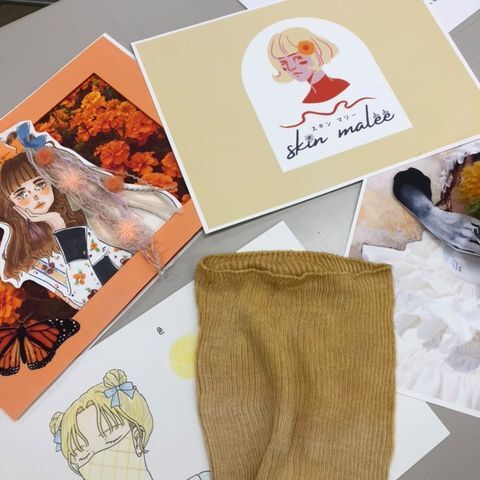
사진: 유미 코모리
2020년 가을, 교토 가와바타 상점은 교토와 오사카의 패션 학교들과 협력 프로젝트를 주도적으로 진행했습니다. 폐기될 예정이었던 유기농 금잔화를 학생들이 SDGs의 보편적 목표인 "목표 12: 지속가능한 소비 및 생산 패턴 확보"와 "목표 17: 지속가능한 발전을 위한 글로벌 파트너십 활성화 및 실행 수단 강화"에 따라 수확했습니다. 이후 금잔화를 건조하여 염료를 만들고, 학생들은 각자 금잔화 염료를 사용하여 작품을 제작했습니다. 이 프로젝트는 생산자, 판매자, 그리고 젊은이들이 함께 참여하여 전통 일본 기술과 윤리적 패션을 연결하는 데 기여했습니다.
미래 의류 산업은 효율성뿐만 아니라 윤리도 중시할 것입니다.
회사에 대해 알게 된 후, 저는 교토 카와바타 상점의 사장인 야스오 카와바타 씨를 만나 패션 학교와 함께 진행한 프로젝트에 대해 인터뷰했습니다.

사진: 유미 코모리
이 프로젝트를 시작하게 된 계기는 무엇인가요?
2019년, 대형 태풍으로 수확을 기다리던 금잔화가 피해를 입어 재료 확보를 위한 긴급 조치가 필요했습니다. 오사카의 식물원과 공원에 연락하여 "폐기할 금잔화가 있다면 가져가도 됩니다."라고 말했습니다. 또한 "폐기된 금잔화는 자연이 선사하는 염색에 재활용하겠습니다."라고 이유를 설명했습니다. 그 결과, 오사카 만국박람회 기념공원 측에서 수확 날짜를 지정해 허가를 내주었습니다. 이후 마로니에 패션디자인대학과 우에다 패션대학에 자문을 구했고, 이 프로젝트가 시작되었습니다.
최근 주요 의류 기업들이 윤리적 패션과 지속가능개발목표(SDGs)에 대한 지지를 표명하기 시작했지만, 학교에서 이러한 주제를 다룰 수 있는 강사가 부족하다는 점이 걱정되었습니다. 일본의 기존 의류 기업들은 사업이 크게 위축될 것으로 예상됩니다. 신만요조메(Shin-Manyozome) 방식은 기존의 쿠사키조메(kusakizome)를 뛰어넘는 혁신적인 방식입니다. 이 프로젝트를 기획하면서, 기무라 박사가 고대 기술의 단서를 활용하여 발명한 이 새로운 기술에 대해 학생들에게 배울 기회를 제공하고 싶었습니다.
학생들과 함께 프로젝트를 진행하는 과정은 어떠셨나요? 학생들과 소통하면서 떠오르는 생각이 있으신가요?
학생들과 함께 진행한 수확 과정은 매우 순조롭고 빠르게 진행되었고, 브랜딩도 좋은 방향으로 나아갔다고 생각합니다. 덕분에 상품화의 잠재력을 확인했습니다. 비록 처음 시도하는 것이었고, 실제로 협업을 통해 상품을 생산하지는 않았지만, 지속 가능한 관행을 위한 산학 협력의 모델이 될 수 있을 것이라고 생각했습니다. 그런 점에서 희망을 느끼게 해 준 사업이었습니다.
또한, 이 프로젝트를 통해 친환경 생산이라는 개념을 널리 알릴 수 있었다고 생각합니다. 패션 업계든 아니든, 학생들은 효율성이 끊임없이 요구되는 환경에서 일하게 될 것입니다. 그런 환경 속에서도 윤리적인 생산 방식을 선택하고 능숙하게 실천하는 패션계의 선구자들이 곧 나타날 것이라고 생각합니다.
저자의 후기
신만요조메 염색법 개발에 얽힌 이야기를 들으면서, 직원들의 건강 문제와 폐수 문제를 해결하기 위해 열정적으로 노력하는 카와바타 씨의 모습과 윤리적인 염색법에 대한 그의 탐구는 저에게 지울 수 없는 인상을 남겼습니다.
고대부터 이어져 온 전통 기술을 탐구하고 계승하는 것이 윤리적 패션의 미래를 고민할 때 중요한 접근 방식이 될 수 있다고 생각했습니다. 역사를 돌이켜보면, 우리는 늘 지역에 존재하는 재료를 사용하여 일상생활에 필요한 물건들을 만들어 왔습니다. 우리가 사는 환경 속에서의 생산은 자연스럽게 우리 공동체의 다른 사람들과, 그리고 자연환경과 관계를 맺게 했을 것입니다.
효율성을 중시하는 대규모 분업으로 인해 현대 사회에서 타인 및 자연과의 관계가 부족한 것은 최근 표면화되고 있는 다양한 사회 문제의 배경이 될 수 있습니다. 우리는 생산의 순환 과정과 그 순환과 우리의 관계에 대한 명확한 비전을 갖지 못하기 때문에 자신도 모르게 환경과 근로자에게 해를 끼치고 있습니다.
산업에서 "윤리"라는 개념은 완전히 새로운 분야처럼 들릴지 모르지만, 사실 여러 세대에 걸쳐 전해져 내려온 문화적 전통을 이해하는 것이 첫걸음이 될 수 있습니다. "무슨 일이 일어날지 아는 자는 과거에 있었던 일을 되새겨야 한다"라는 속담처럼, 윤리적인 생산의 미래를 장려하기 위한 해답을 찾기 위해 전통적이고 지역적인 전문 지식에 의지하는 것이 좋은 생각일 수 있습니다.
참고문헌(일본어):
교토 가와바타 상점 '신만요조메에 대하여'
이토 메구미 편집
저자 소개: 마리 코자와
TSUNAGU의 대표. 2018년, 마리 코자와는 윤리적 패션 브랜드 TSU.NA.GU에 합류하여 비즈니스 모델을 설계하고 생산자와 소비자 간의 쌍방향 소통을 촉진함으로써 패션의 투명성을 증진해 왔습니다. 또한 Z세대를 위한 프로젝트를 기획하고 운영하며 사회적 공익을 증진하고 있습니다.


